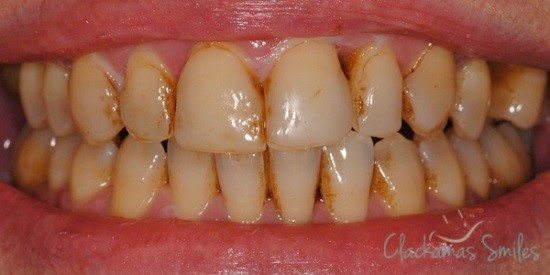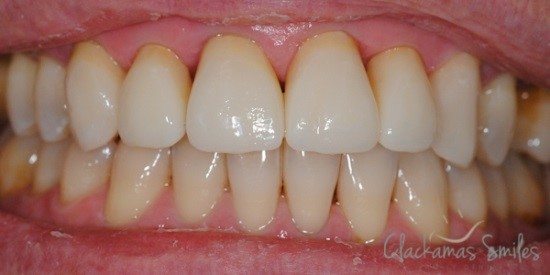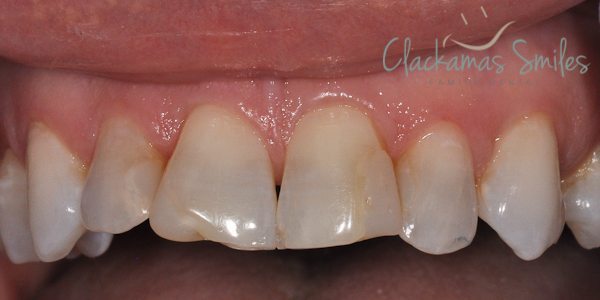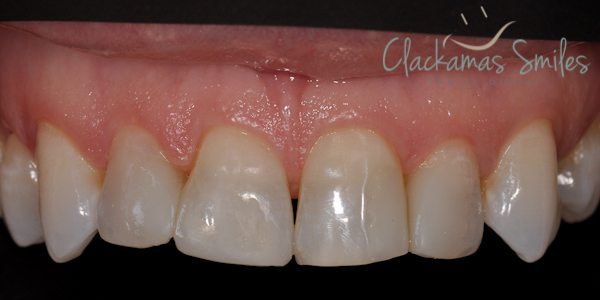
Emergency Dentist
Some dental health problems can’t wait — especially the scary and painful ones.
Welcome to Clackamas Smiles Family Dental, the office of Dr. Jeremy Suess, general dentist in Clackamas and Happy Valley, Oregon. Dr. Suess and his team provide a wide range of dental care and services in a warm, relaxed environment.


Charlene was frustrated with the discoloration at the edges of her previous dental bonding (composite bonding). We were able to restore her smile with a good cleaning, bleaching, and limited porcelain crowns.


We improved Veronica’s smile line by replacing discolored and leaking fillings and evening the biting edges of her front four teeth. The treatment was minimally invasive and completed in just one appointment.

We're committed to supporting families in our community! Learn more about how Clackamas Smiles Family Dental is helping.